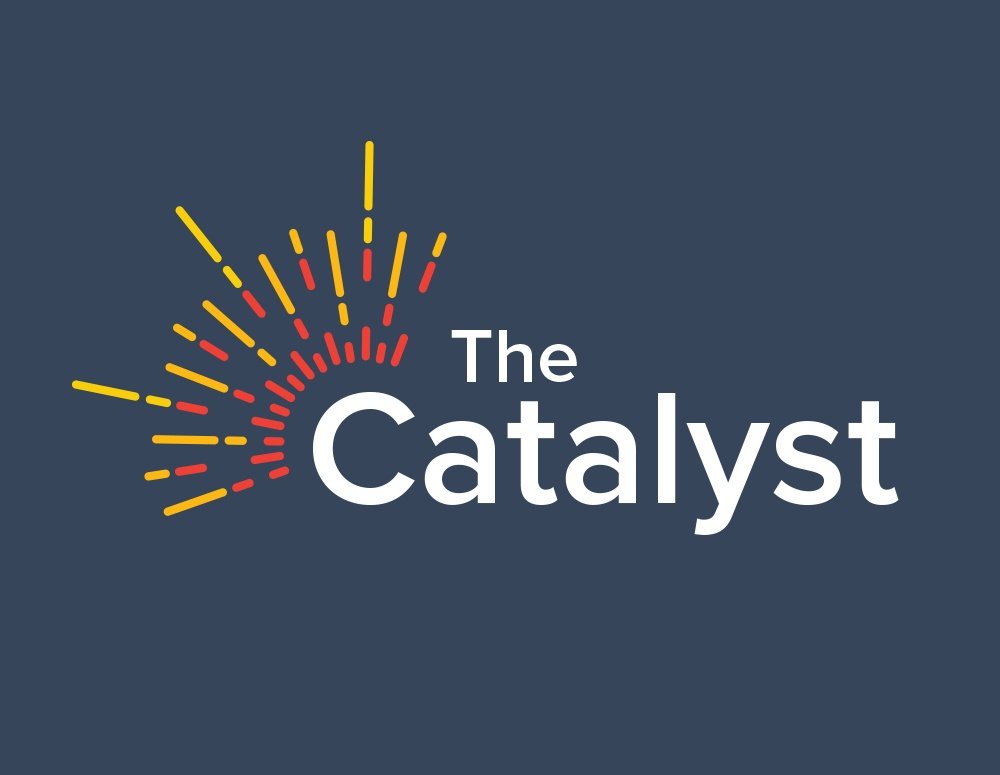Today, Lori Reilly, executive vice president for policy, research and membership at the Pharmaceutical Research and Manufacturers of America (PhRMA), testified at the U.S. Senate Committee on Health, Education Labor and Pensions about understanding the role the drug delivery system plays in determining what patients pay for medicines.
Here are excerpts from her prepared testimony before the committee.
REILLY:
List Prices for Medicines Do Not Reflect Substantial Rebates and Discounts and Provide an Increasingly Inaccurate Picture of Prescription Drug Costs
For certain medicines used to treat chronic conditions like asthma, high cholesterol, hepatitis C, and diabetes, these discounts and rebates can reduce list prices by as much as 30% to 70%.
According to PBMs and industry analysts, list prices for brand medicines have grown by an estimated 9% to 12% annually since 2015, while net prices (which take discounts and rebates into account) have grown by just 2.5% to 3.5%.
Claims from PBMs, payers, and others about the skyrocketing prices of medicines almost always focus solely on list prices, which are not reflective of actual spending trends.
A Complex Distribution and Payment System Shapes the Prices Patients, Health Plans, and the Government Pay for Medicines
Many discounts provided by manufacturers do not flow directly through to the patients taking the medicine, and in some cases the full discounts may also not flow through to employers or plan sponsors.
Multiple data sources indicate that growth in manufacturer rebates and discounts has been substantial and that an increasing share of these discounts and rebates are retained by middlemen involved in distributing and paying for prescription medicines.
According to a recent study by the Berkeley Research Group, on average, more than a third of the initial list price of a medicine is rebated back to insurance companies, PBMs and the government, or retained by other stakeholders along the biopharmaceutical supply chain.
Patients Do Not Directly Benefit from Significant Price Negotiations Happening in the Market Today
Unlike care received at an in-network hospital or physician’s office, health plans base cost-sharing for prescriptions filled in the deductible or with coinsurance on undiscounted list prices, rather than on prices that reflect negotiated rebates and discounts.
Over the past 10 years, patient cost-sharing has risen substantially faster than health plan costs.
Patients enrolled in high deductible health plans may be asked to pay thousands of dollars out-of-pocket before any of their prescriptions are covered, while patients with coinsurance are responsible for as much as 30% to 40% of the total cost of their medicines.
Hospital Markups on Medicines Increase Cost-Sharing for Commercially-Insured Patients
Recent research shows that for twenty medicines administered in hospital outpatient departments, hospitals charge prices that are on average nearly five times higher than their acquisition costs and are reimbursed up to three and a half times their acquisition cost by commercial insurers.
For a vast majority of the medicines included in the analysis, this means that the manufacturer—who made the substantial time and R&D investments including clinical trials necessary to develop the treatment—was paid less for the medicine than the hospital.
Market Distortions Created by the 340B Program Lead to Higher Health Care Costs
First, the 340B discount, which is structured as a percentage discount, creates incentives for hospitals to earn a larger spread from the 340B discounts by prescribing more medicines and higher cost medicines.
Second, evidence suggests the 340B program shifts care to more expensive and less convenient settings.
Third, the scale of the program as well as its rapid growth may be affecting market prices for prescription drugs.
Market-Based Approaches Are the Best Solution for Addressing Health Care Affordability and Controlling Costs
These include encouraging payers to share negotiated savings with patients at the pharmacy counter; reforming outdated regulations hindering the adoption of value based payment arrangements, reforming the 340B drug discount program to better serve the purpose for which it was created; and continuing to modernize the FDA and ensure robust generic and biosimilar competition.
Lori’s full testimony can be accessed here.
For more information about medicine costs and spending, please visit: www.phrma.org/letstalkcost



